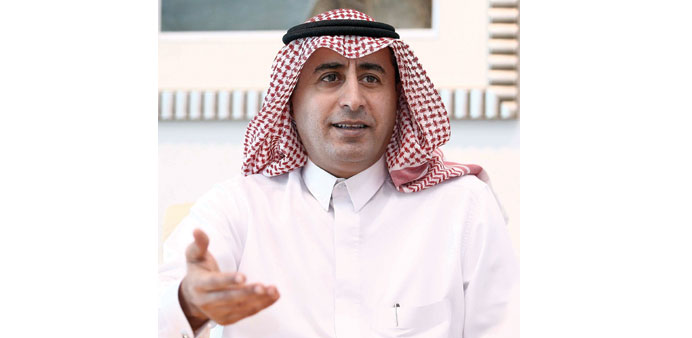Dr Abdulaziz A al-Ghorairi is senior vice-president and chief economist of Commercial Bank. The views expressed are his own.
By Dr Abdulaziz A al-Ghorairi
Under the wise and dynamic leadership of His Highness Sheikh Tamim bin Hamad al-Thani, Qatar dominates the construction sector in the Middle East and construction continues to boom at an incredible pace despite lower oil prices.
Qatar has become an oasis of prosperity and progress and a beacon of successful planning due to its visionary and forward thinking leadership. Supported by government spending, Qatar’s construction activity has witnessed a tremendous spurt in recent years and has maintained a steady growth rate of 18% in 2014, whilst contributing 13.7% of GDP in the same year – acting as a primary growth driver of the economy.
The outlook continues to look positive. Qatar’s construction contracts have witnessed a steep upward trend from $8.5bn in 2012 to $20.7bn in 2015.
In June, Qatar Rail announced it would issue tenders for the initial stages of long-distance railway before the end of the year and multi-million US dollar contracts are being awarded almost weekly. The total value of Qatar’s infrastructure projects for the next seven years is an estimated $200bn.
As we move closer to the FIFA World Cup, and with Qatar’s population growth set to increase by over 7% per annum, construction activity is likely to gain momentum, as not only stadiums but also residential, educational, commercial, healthcare, hospitality and retail infrastructure needs to be functional.
While mega projects such as Hamad International Airport and Lusail often grab the headlines, huge opportunities exist for affordable residential, retail and office space, as they all hold immense growth potential.
The demand for affordable housing in Qatar is expected to remain high in 2015 and although more high-end housing options are expected to become available this year, the supply of affordable accommodation may struggle to meet demand in the coming years.
According to estimates, Qatar currently has over a million labourers, and an annual increase of between 7% and 10% is anticipated over the next five years. Labour City (Barwa Al Baraha) is the Gulf’s largest and most modern labour camp complex and is already ready to house 50,000 workers.
This new development is just one sign of the prosperous years ahead for Qatar – especially for construction companies and investors in affordable residential, retail and office space – thanks to the wise planning and foresight of Qatar’s government.



